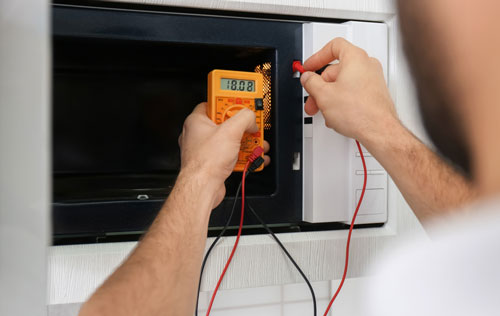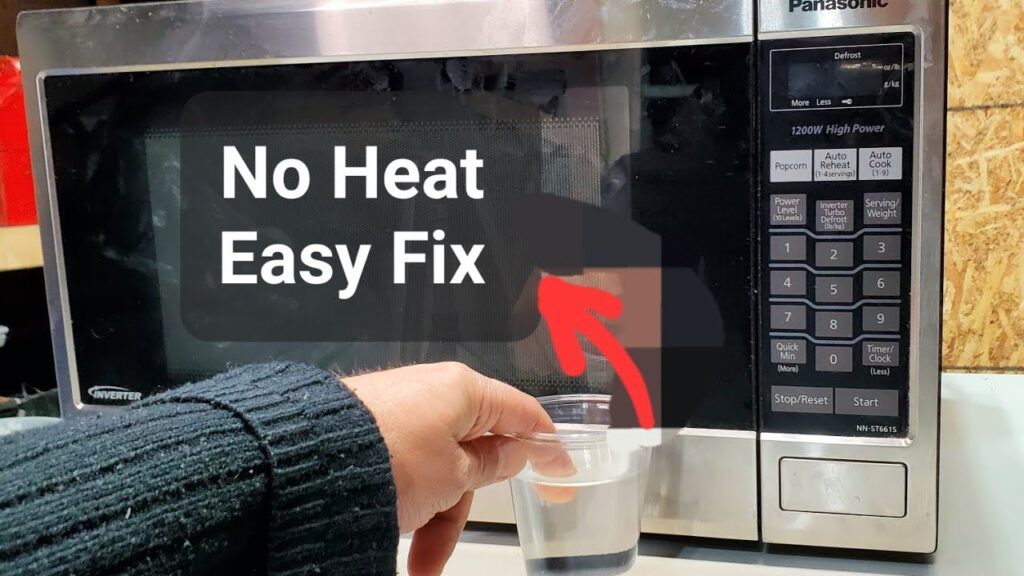Microwaves have become a staple in modern kitchens, making meal prep faster and more convenient than ever. But what happens when your trusty appliance suddenly stops heating food, even though it seems to be working otherwise? Before you panic or rush out to buy a new one, let’s walk through the most common reasons why your microwave might not be heating—and what you can do to fix it.

1. Door Switch Issues: An Overlooked Culprit
One of the most frequent causes of a microwave not heating is a faulty door switch. Microwaves are designed with safety in mind; they won’t operate if the door isn’t securely shut. Sometimes, the door switch (or one of several) can wear out or become misaligned. This tiny part can keep the entire appliance from heating, even if it powers on and the light turns on as usual.
Quick Fix:
Try gently closing and opening the door a few times, listening for a distinct “click.” If you don’t hear it, or if the microwave acts as if the door isn’t closed, the switch may need replacing. While swapping out a door switch is usually straightforward, some people prefer to have a professional handle electrical repairs.
2. Magnetron Failure: The Heart of the Microwave
If you notice your microwave’s light, timer, and turntable are functioning, but your food stays cold, the magnetron might be to blame. This component generates the microwaves that heat your food. When the magnetron fails, unfortunately, there’s no heating at all.
What Can You Do?
Magnetrons can sometimes fail due to age, power surges, or running the microwave empty. Replacing a magnetron is complex and, in some cases, may cost nearly as much as a new microwave. Still, if you have a high-end model, repair may be worth considering.
3. Blown High Voltage Diode
A high-voltage diode works alongside the magnetron to generate heat. When this part fails, you may hear a buzzing sound, but nothing warms up. Replacing the diode is less expensive than swapping out the magnetron, but diagnosing this problem safely requires expertise and the right tools.
4. Issues with the Capacitor or Transformer
Microwaves use a high-voltage capacitor and transformer to amplify electrical energy. If either part malfunctions, the microwave will stop heating, and you may hear odd humming noises or notice a burning smell. These components store dangerous amounts of electricity—even after the appliance is unplugged—so DIY repairs aren’t recommended for most homeowners.
5. Simple Fixes: Sometimes It’s Not So Serious
Before you call in the pros, double-check these basics:
- Power Supply: Make sure your microwave is plugged into a working outlet. Try another device to confirm the socket works.
- Settings: Ensure you haven’t accidentally set your microwave to a timer mode without power, or to a low-power “defrost” setting.
- Overheating Protection: If your microwave has overheated, some models have a resettable thermal cut-out. Let the unit cool down and try again.
When to Call in the Experts
Let’s be real—sometimes, even the handiest among us hit a wall. High-voltage components inside a microwave can be dangerous to tamper with, and it’s rarely worth risking a shock or further damage. If you’ve checked the simple solutions and your microwave still refuses to heat, it might be time to call in professional help.
Need Expert Help?
If your microwave isn’t heating and DIY fixes haven’t worked, don’t toss it out just yet. Our certified appliance technicians in Los Angeles are ready to help. Contact us today—we’ll diagnose the problem and get your microwave back in action quickly and safely.

